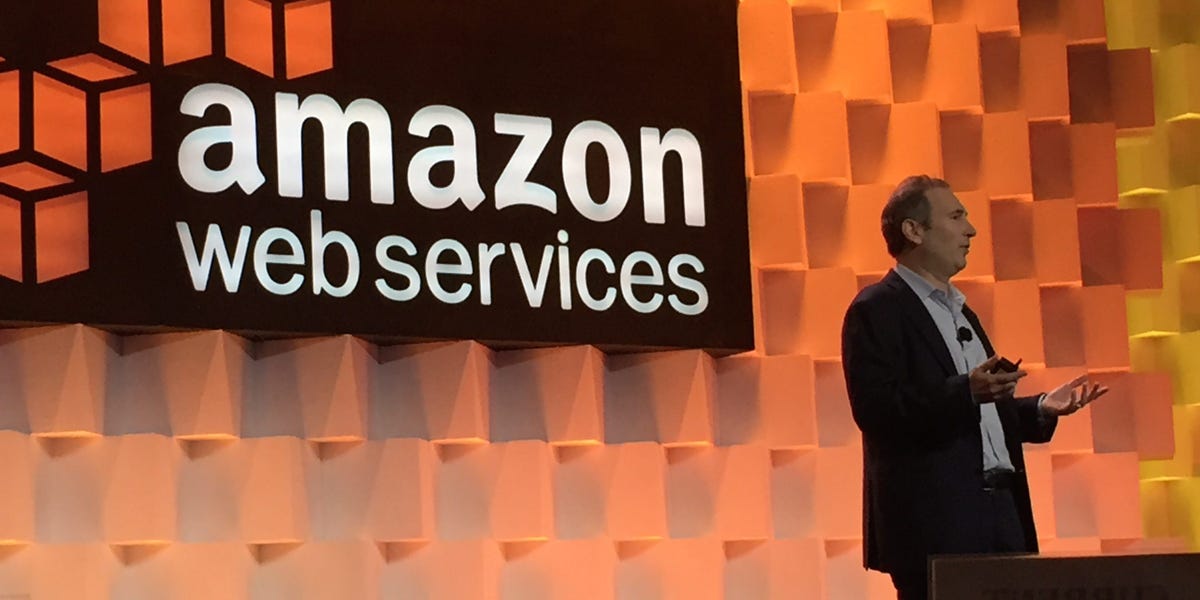- A startup mass extinction event started earlier this year.
- It’s resulted in a wave of startup bankruptcies and shutdowns.
- This is beginning to impact the cloud industry.
In June, we told you about a startup mass extinction event that was just beginning.
Four months later, this wave of shutdowns is rising fast, and it’s beginning to drag on the cloud sector.
212 startups went bankrupt or dissolved in some other way during the third quarter, according to data from Carta, which tracks startup shutdowns closely.
This doesn’t capture all the closures as not every startup is a client of Carta. But the rate of change is notable. So far this year, Carta has seen 543 startup shutdowns. That was by far the most of any year going back to 2019.
This is bad news for cloud providers because their revenue and growth partly relies on spending by startups. If these young businesses are dying, it will be harder for the cloud sector to grow at the same pace it used to.
Startup shutdowns will continue at an elevated pace for the next 2 to 3 quarters, according to Peter Walker, head of insights at Carta.
When startups run out of money and shut down, they stop spending on cloud services. When more than 500 companies go bust in a few quarters, that can really add up.
AWS’s startup exposure
Amazon Web Services is likely the most exposed to this phenomenon. The cloud pioneer built its early lead by catering to startups better than any other provider.
During the long startup boom period, this really drove AWS revenue growth. When companies like Airbnb go from tiny businesses to huge corporations in a few years, they spend a heck of a lot more on cloud services. And AWS cleaned up.
On its website, AWS says it has helped “more startups launch, build, and succeed than any other cloud provider.” It notes that more than 250,000 startups use the platform and 83% of the 1,000 unicorns around the world run on AWS.
From boom to headwind
Now, though, this focus is turning into a headwind.
When Amazon reports on Thursday, Bernstein analysts are expecting AWS to have generated year-over-year revenue growth of 12.5% in the third quarter.
“We tweaked our AWS revenue model in our AWS preview note, adjusting for slower-than-expected ramp of new accounts, spend, and workload migrations,” they wrote on Wednesday.
This is down from 30% to 40% year-over-year AWS growth rates in 2021, when startups were flush with cash and very few were shutting down. The company has become a growth laggard in the sector.
Cloud ‘optimization’ continues
There are other signs of weaker demand too. Late on Tuesday, Google reported slower growth for its cloud business and executive Ruth Porat blamed that on “customer optimization efforts.”
Google shares slumped 10%, while Amazon shares fell 6% on Wednesday.
Microsoft CFO Amy Hood mentioned these optimization efforts on Tuesday, too.
Customer optimization means startups and other companies are still trying to find ways to control their cloud bills, even if they’re not going bankrupt.
There’s one big caveat to these concerns
The generative AI boom is firing up demand for AI cloud services. In the midst of the startup extinction wave, some AI-focused startups are managing to raise healthy new funding rounds. And they’re using some of that new money to spend on AI cloud services.
So far, though, Microsoft looks to be the main beneficiary of this. The company’s cloud growth was healthy in the third quarter, helped by demand for new AI services.
When Amazon reports on Thursday, we’ll see if AWS has been able to jump on the AI bandwagon, too. The company has been rolling out a slew of AI cloud offerings lately.
Read the full article here





